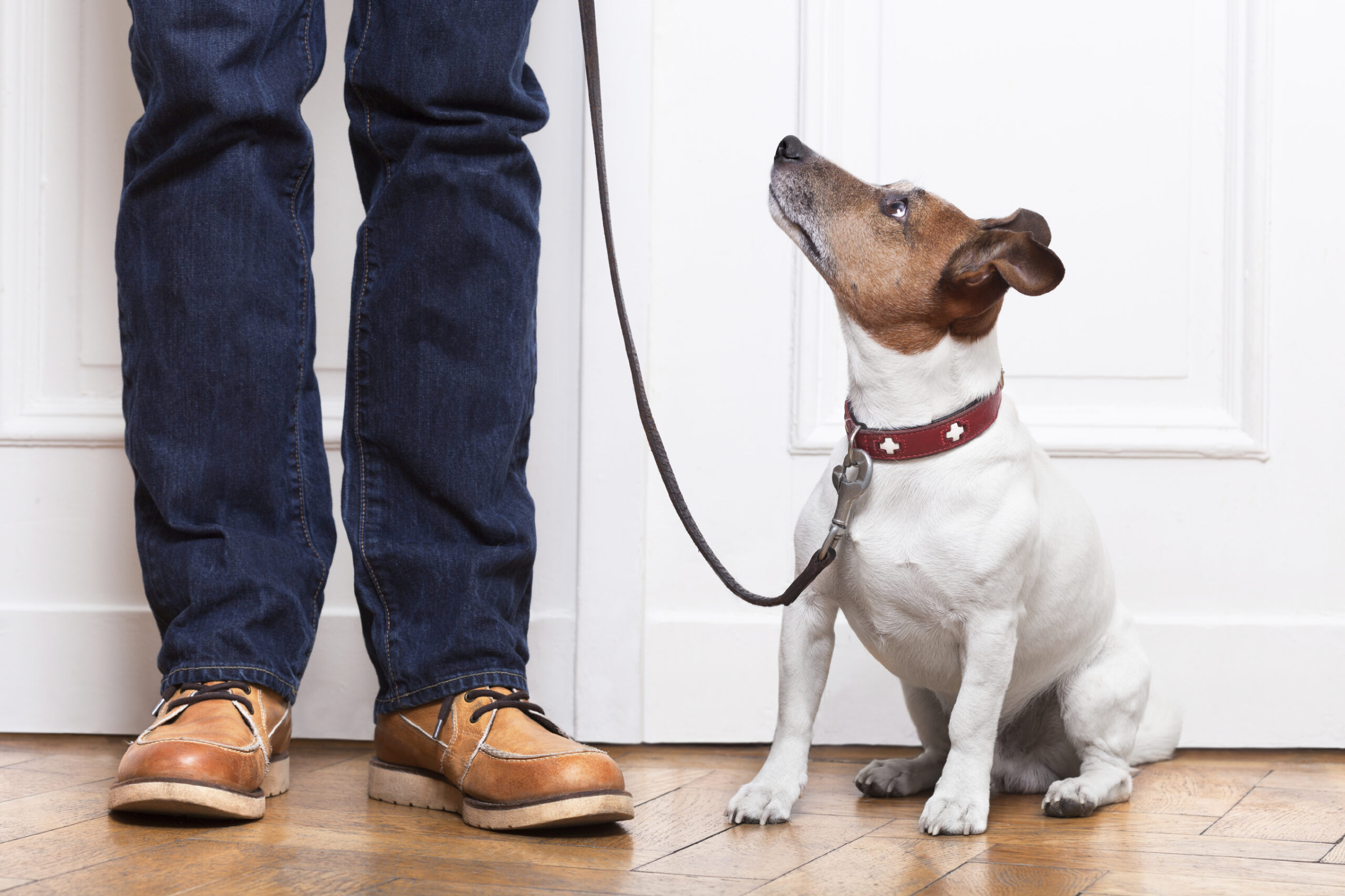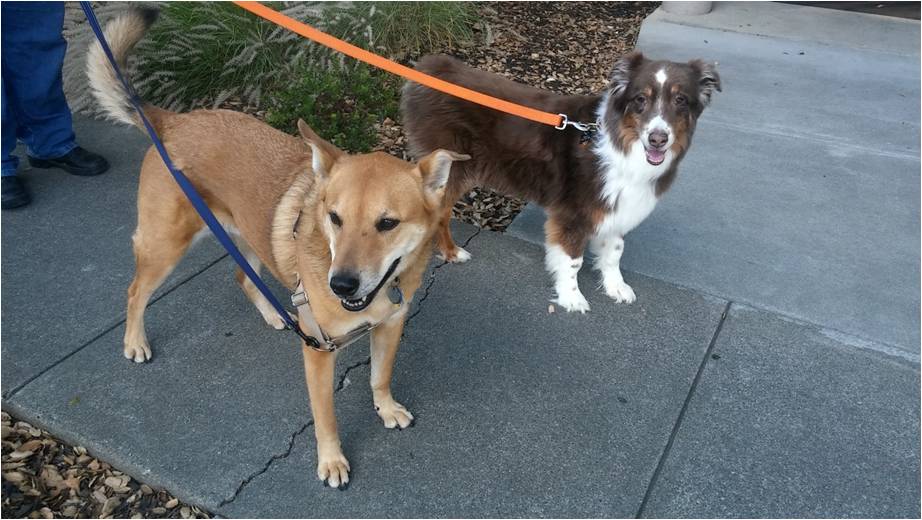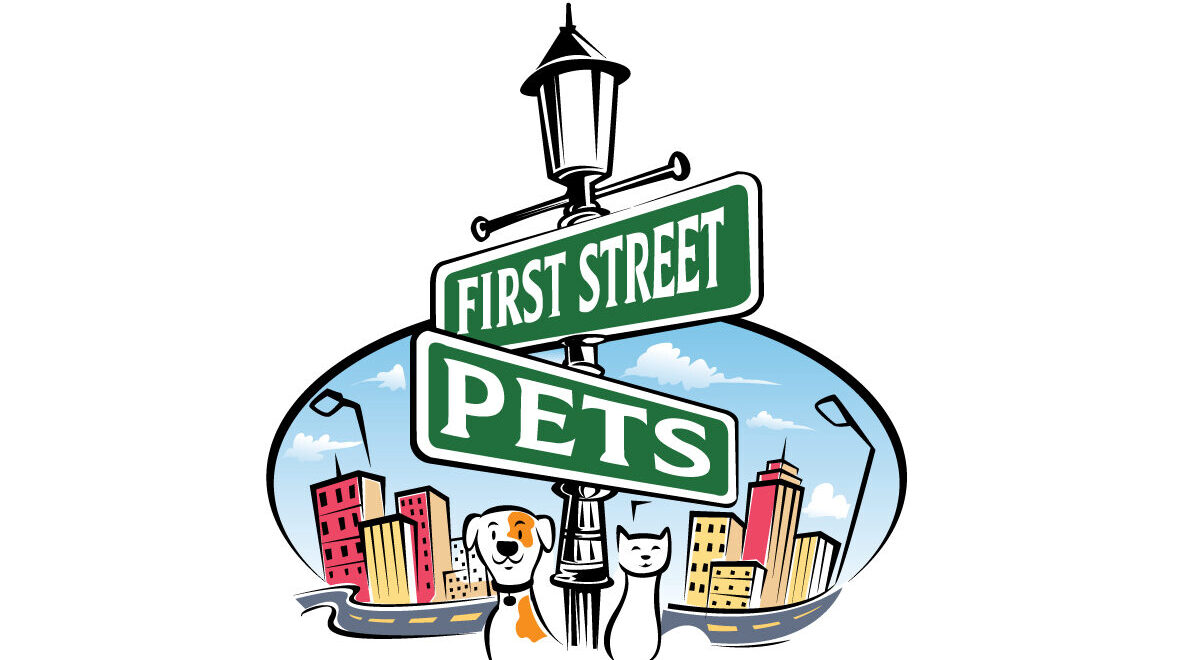
In a world where anyone can post a profile on an app and offer pet care services, how do you find a pet sitter you can trust? How do you know your sitter will show up on time, do as you ask, and be conscientious? Will they treat your pets like their own? How can you avoid not just bad service but the terrible tragedy of pets dying while in a sitter’s care seen so often in the news today?
There are no guarantees, but with due diligence you can find a service that will meet your needs. To celebrate Professional Pet Sitters Week, here are our tips for locating and hiring a company that will give you peace of mind and keep your pets safe.
Professional pet sitting business
Since the early 90’s, organizations like Pet Sitters International (PSI) and National Association of Professional Pet Sitters (NAPPS) have worked tirelessly to raise industry standards and educate pet owners. They created pet sitter codes of ethics, recommended best practices, and legal form templates. They negotiated group rates with insurance providers and helped develop policies specific to pet sitting (before pet sitting was in the mainstream, policies were designed for boarding kennels or dog daycares and did not meet the needs of pet sitters). They published comprehensive books like Pet Sitting for Profit as well as many educational articles, booklets, and webinars. Both orgs developed a certification program requiring a course of study and exam on topics including business management, pet health and wellness, first aid and safety.

For years professional pet sitters struggled with being taken seriously by clients and family members alike, as pet sitting was seen as a job for students or the neighbor kid. In those days many people asked me if I was in vet school, or what career I was studying for, to which I replied, “Um, this is my career,” and honestly at the time I was making more money than some of my veterinarian friends minus the $200,000 student loan debt.
A professional pet sitter runs a business legally, obtaining any necessary licenses and permits, and pays taxes. They maintain insurance should anything go wrong while your pets and homes are under their care. They participate in continuing education and use their knowledge and experience to provide the best care. They are pet lovers and owners themselves, so they have a desire to treat other’s animal family members like their own, to keep them healthy and happy. On a practical level, professional pet sitters make their living from their business, so there is a motivation to do the best job and to make clients happy in order to be successful. That said, there is no guarantee that a given business or sitter will be the right fit for you.
App based pet sitters
As I mentioned, thanks to the efforts of PSI, NAPPS, and all their members, the tide was turning in favor of professionals and things were going great … until the dog walking and pet sitting apps came on the scene in the early 2000’s and BOOM, we were right back to the days of the kid next door. Individuals offering services on these platforms often have no experience and make terrible mistakes like housing large and small dogs together, or letting go of the leash while picking up poop . I have watched some YouTube videos made by these sitters and they are scary. In this video the young woman talks about how owners dropped off dogs she had never met at her townhouse, how the dogs were all kept together and how she was “overwhelmed.” She doesn’t know the names of the breeds or how to pronounce them. She laughs (!) about a “100lb white husky” she took in over the Christmas holidays that was “extremely aggressive.” I credit pure luck with the fact that this sitter didn’t have a major incident in her home.

There have been so many recorded incidents of pets going missing, being injured, or dying under the care of app based sitters that some states like New York are pushing legislation to regulate them. Strong opinions vary on the passage and enforcement of such laws, but they are the result of serious issues arising from a largely unregulated industry. On the flip side, some pet owners have had good experiences with these sitters, finding them reliable and trustworthy. Since literally anyone can advertise services through these apps, there is an equal chance of finding someone good as someone incompetent.
Friends and family
Friends, family, and neighbors have always helped each other out with pet care. These arrangements are usually free of charge or reciprocal, with owners taking turns providing care when the other is out of town. These arrangements can work out very well in the case of friends and family, as you probably know each other and each other’s pets very well. There is a level of trust with people in your inner circle, and your communication is probably good. You can go out of town without having to worry about your home and animal family members.
On the down side, you may not be able to trust people you know. I have personally experienced this on a number of occasions where I was job sharing, a practice I – and many other pro sitters – no longer do. In one case, a relative was staying at a house with a dog. He made a huge mess in the kitchen, blamed me for it, and on top of that told the owners I didn’t show up for all the visits. In another case, I arrived to find a relative drunk passed out on the couch with beer bottles everywhere. To say it was awkward would be an understatement, but nothing beats the next story. I arrived for an evening visit at Christmas time and noticed something blinking in the room which wasn’t holiday lights. Upon closer inspection I saw that it was a computer playing a graphic porn video on a loop! I heard muffled voices in the bedroom and realized that the young woman staying there had brought over a friend. I did what I needed to do for the pets and got out of there quickly.
When something is free, you often get what you pay for. Every year I get calls from new clients in a panic, saying that their friend or relative is “too busy” to provide care for them this time. I don’t blame the person for tiring of providing pet sitting for free, especially if the job involves a lot of work (multiple pets, medications, complicated routines) or if the client is demanding, calling or texting every day, asking many questions, wanting constant updates and pictures. I don’t mind doing these things when I’m being paid, but I wouldn’t do them for free.
Check references
One of the ways you can determine if a sitter is a good fit for you is to check references. Today’s world of internet reviews makes this process easier than in the past when you had to call people and ask about their experiences with the business. You can find reviews on Yelp, Google, Facebook, and other platforms. Read the reviews carefully, as it is possible to have fake reviews, whether from friends or from services that provide such reviews. Careful scrutiny should tell you if the reviews are genuine. Be sure to read the “non recommended” reviews on Yelp. Yelp judges the quality of a review on how many reviews the person has entered, but this hardly reflects on the quality of the business. If there are many negative reviews, you may want to steer clear; however, if there are one or two and the business owner has responded appropriately, use your judgment. If you have any concerns, ask the sitter to address them and go from there.

Pay market rates
In the service business, you often get what you pay for. When I need work done on my home or vehicles, I always choose licensed professionals with good reputations, and I am happy to pay market rates. It is amazing how everyone I run into has a friend or relative willing to do the work at a greatly reduced price, but I’m not interested. I understand that someone running a legal business for, say, contracting, has many expenses to cover. There is the contractor’s license, vehicles, tools, materials and permits. They have to pay a crew of qualified workers to complete the job, and I hope they are paying them legally and fairly. My roofer explained the additional costs of traveling to my home in a smaller town 30 minutes away from their office, and it made sense. He has to pay 5-6 workers an additional hour, plus the gas and wear on the vehicle(s).
If a pet sitter is offering to provide care at a very low rate, that’s a red flag. Someone charging $15 for a visit isn’t even making minimum wage, and certainly isn’t paying for license, insurance, and other expenses. Unfortunately the “gig economy” has made such rates the expectation of some owners, as they see them when they browse listings on the apps. Recent legislation to crack down on gig worker abuses will likely change the face of the pet sitting industry – and the driving, shopping, and delivery industries – and will hopefully bring standards back up and enable workers to be paid fairly for the services they provide.

What is a market rate for pet sitting? This will depend on your area, as not only do sitters have to maintain license, insurance, vehicle(s), pay taxes, and all the other business expenses, they have to live there. With housing costs skyrocketing all over the country, especially in metro areas, the amount of money a person needs to earn just to cover the basics has risen sharply. Unlike passive income, in a service business there is a limit to how much you can make. There are only so many hours in a day, only so many visits you can complete in a reasonable amount of time, so the per-visit charge must be priced accordingly. According to a 2018 study conducted by Pet Sitters International, the average rate for a drop-in visit is $20, and for an overnight stay is $70. I can tell you that those rates will be much higher in a metro area, with drop-ins closer to $40 and overnights $90-$100. If that sounds like a lot, consider that it covers all pets in the home as well as home care. If you have one dog and you are paying $40 a day for a boarding kennel, that may work for you, but if you have three dogs that’s now $120 a day.
Meet and greet
There’s nothing like a face to face meeting to develop a relationship with a service provider. Take the time to get to know the sitter, ask any questions you have, and see how they interact with your pets. I recently met with a new client who said that she interviewed someone who didn’t touch or pet her dog at all. Now I can understand if the dog is fearful or standoffish, but this was a one year old pup who wanted to lean and give hugs! During this meeting you can determine your comfort level with the sitter and honestly discuss your needs and expectations. The sitter should be honest as well and let you know if they can’t promise specific visits times or if they are not comfortable handling your pet or providing certain services like medications. From there you can either work out an agreement or move on to interview others. Sometimes a particular sitter or company just isn’t the right fit for you, so be sure to give yourself enough time to explore other options. That means don’t call the day you need service, or the day before Christmas.

I honestly can’t believe that so many owners drop off their dog at a sitter’s house sight unseen, knowing nothing about the sitter or the home. In one tragic case that made the news, a Texas family’s beloved Frenchie drowned in the sitter’s pool. Anyone who knows anything about dogs should know that Bulldogs can’t swim and keep them away from pools. In another case, a Dachshund was killed by a Mastiff in a sitter’s home. While some large and small dogs can get along in the same family, unfamiliar dogs with such a size difference should never be turned loose together in an uncontrolled environment, especially without the knowledge or consent of the owner.
Communicate clearly
From the pet sitter’s view, this is one of the most important qualities of a good client. We want to know your needs and expectations, but we’re not mind readers and we don’t have photographic memories. Certainly bring up and discuss care details at the meet and greet and in future phone or in-person conversations, but always follow up with written instructions. Many pro sitters now use software to manage their business, so be sure to fill in all the care details for your pets and to keep your profile updated. If things change, for example feeding or medications, be sure to notify the sitter at once. There’s nothing worse than arriving at a client’s house only to discover that things have changed significantly since last time, or there is a new pet that wasn’t mentioned!
In addition to clear written instructions, leave everything necessary for the care out where it can be easily found. If things must be locked away, like food and treats, clearly note where these items are stored. Pet sitters really aren’t nosy and don’t want to search through every closet, drawer, and cupboard, but if we can’t find the food, meds, or leash we’ll be doing just that!
Pay on time
Last but not least, pay on time. This is super important to maintain a good relationship with your pet sitter. Professional sitters are running a business. They have an expectation of making a living as well as paying expenses, taxes, and staff in a timely manner. Most sitters take payment up front on the day of the first visit, so be sure to budget pet care in your vacation plans. The airlines, hotels, and car rental companies don’t let you pay at your convenience after receiving the services, so why would a pet sitter? Please don’t embarrass us by asking for a discount or saying that others charge less and we should price match. Our rates are set where they need to be, and if you can’t afford them, you’re welcome to explore other options.

